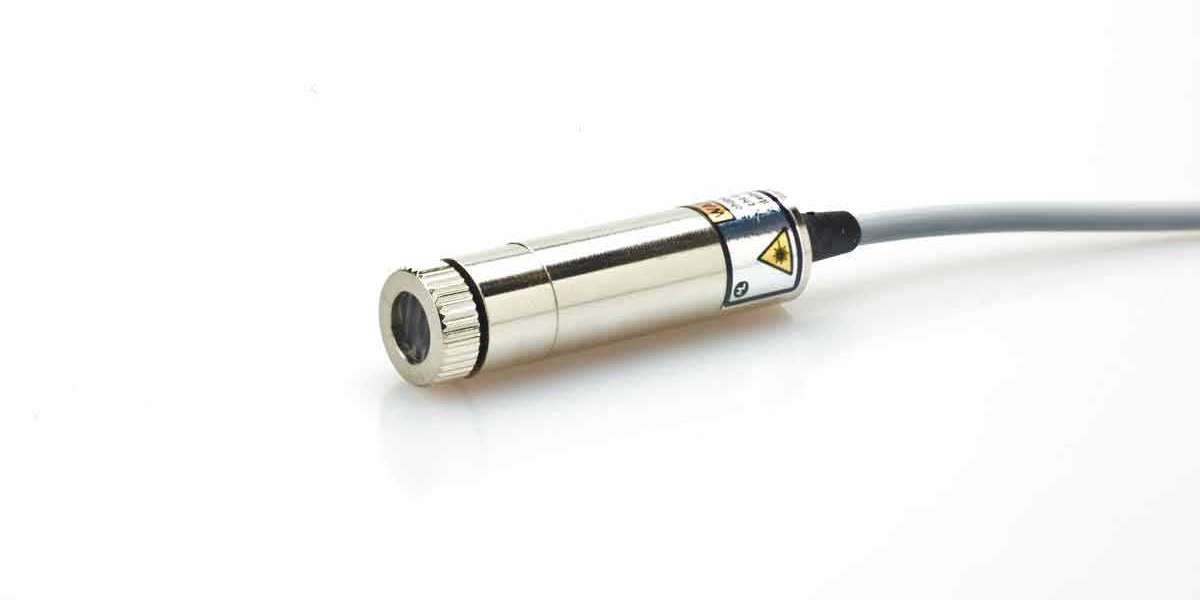Line generation modules are precision optical devices designed to project straight lines of laser light onto surfaces. These versatile tools are widely used in industries such as manufacturing, construction, and even healthcare, offering benefits like improved alignment, enhanced precision, and greater efficiency. In this article, we'll dive into the applications and advantages of line generation modules, highlighting why they are essential for various sectors.
What Are Line Generation Modules?
Line generation modules, also referred to as laser line generators, are devices that convert a laser beam into a line shape. This is achieved using specialized optics like cylindrical lenses, which spread the laser light into a straight line. These modules come in different wavelengths, power levels, and beam angles, depending on the specific application requirements.
Key Applications of Line Generation Modules
1. Manufacturing and Quality Control
In manufacturing, precision is crucial, especially for tasks like cutting, alignment, and quality inspection. Line generation modules ensure that materials are aligned correctly before machining or assembly, reducing errors and improving overall efficiency. They also aid in quality control processes by projecting reference lines for visual inspection or automated systems.
2. Construction and Surveying
In the construction industry, line lasers are used to ensure accurate alignment of building components like walls, floors, and tiles. Surveyors also rely on these modules for accurate measurements over long distances, helping them mark out areas for excavation, paving, or foundation work.
3. Medical and Dental Fields
Line generation modules are used in medical and dental procedures for precise alignment. In radiation therapy, for example, these modules help position patients accurately, ensuring the targeted delivery of radiation while minimizing exposure to healthy tissues.
4. Robotics and Automation
In robotic systems, laser line generators assist with navigation and object detection. Robots equipped with these modules can "see" the environment more clearly by using the projected lines for mapping surfaces, recognizing objects, or determining movement paths.
5. Packaging and Labeling
Another major application is in packaging and labeling. Laser lines help guide the placement of labels, ensuring perfect alignment every time. This not only speeds up production but also reduces waste due to misaligned labels.
Advantages of Using Line Generation Modules
1. Enhanced Precision
Whether it’s ensuring a straight cut in manufacturing or lining up components during assembly, line generation modules improve the accuracy and consistency of tasks.
2. Increased Efficiency
The use of line lasers significantly speeds up processes by reducing the time spent on manual measurement and alignment. This is especially important in industries with high output demands.
3. Versatility
From industrial applications to healthcare, line generation modules are incredibly versatile. They can be customized to fit specific needs, including different wavelengths, power levels, and beam patterns.
4. Durability and Reliability
Most line generation modules are designed to withstand harsh environments, making them suitable for both indoor and outdoor use. Many are resistant to dust, moisture, and vibrations, ensuring long-term reliability.
Key Considerations When Choosing Line Generation Modules
When selecting a line generation module for your project, there are several important factors to keep in mind:
Wavelength: Different applications require different wavelengths. For example, visible red lasers are common in industrial applications, while green lasers are often used for outdoor projects due to their high visibility in bright light.
Beam Angle: The spread of the laser line is determined by the beam angle. A wider beam angle covers a larger area but may reduce the line's intensity, so it's important to choose the right balance for your application.
Power Output: Higher power lasers are needed for long-distance applications, while lower power ones are suitable for close-range tasks.
Conclusion
Line generation modules are invaluable tools across multiple industries. They offer unparalleled precision, improve efficiency, and contribute to the accuracy and quality of various processes. As technology continues to advance, the applications of these laser line generators will expand even further, making them a staple in both industrial and commercial sectors.
Whether you're involved in manufacturing, construction, robotics, or healthcare, integrating line generation modules into your workflow can enhance your performance and output.






